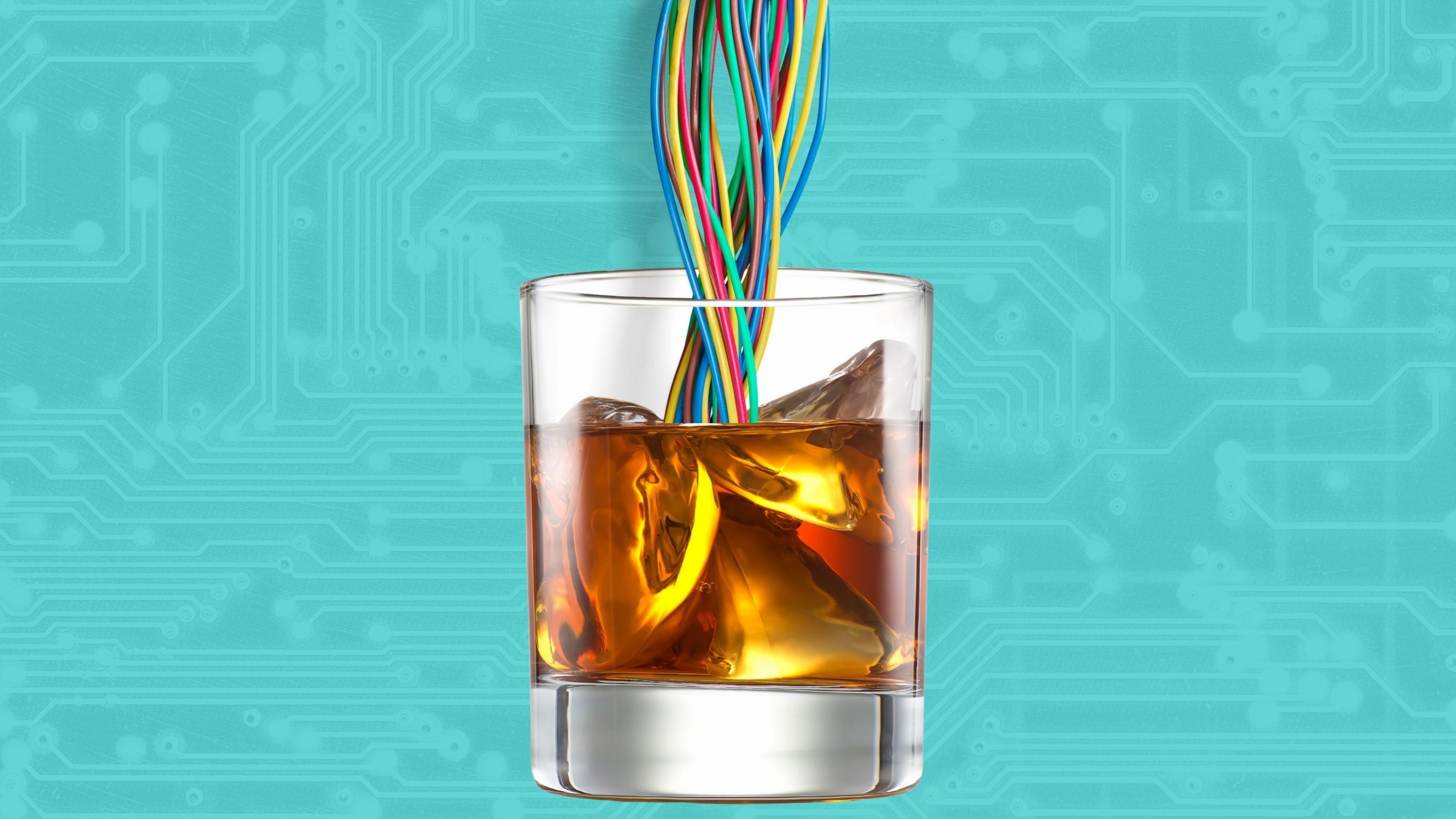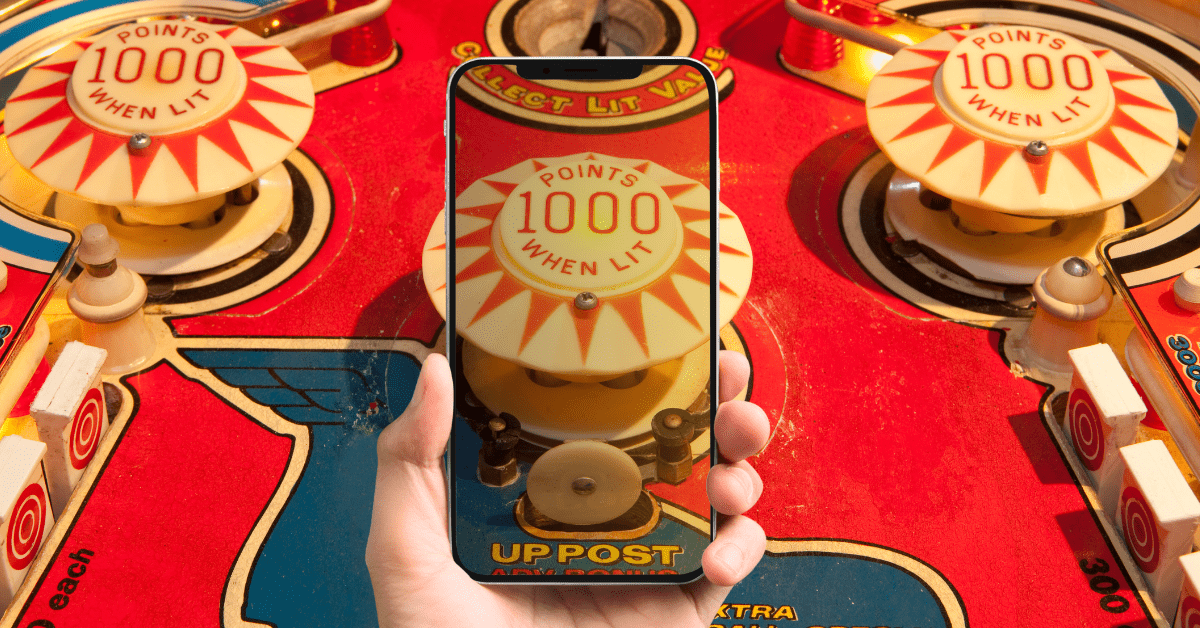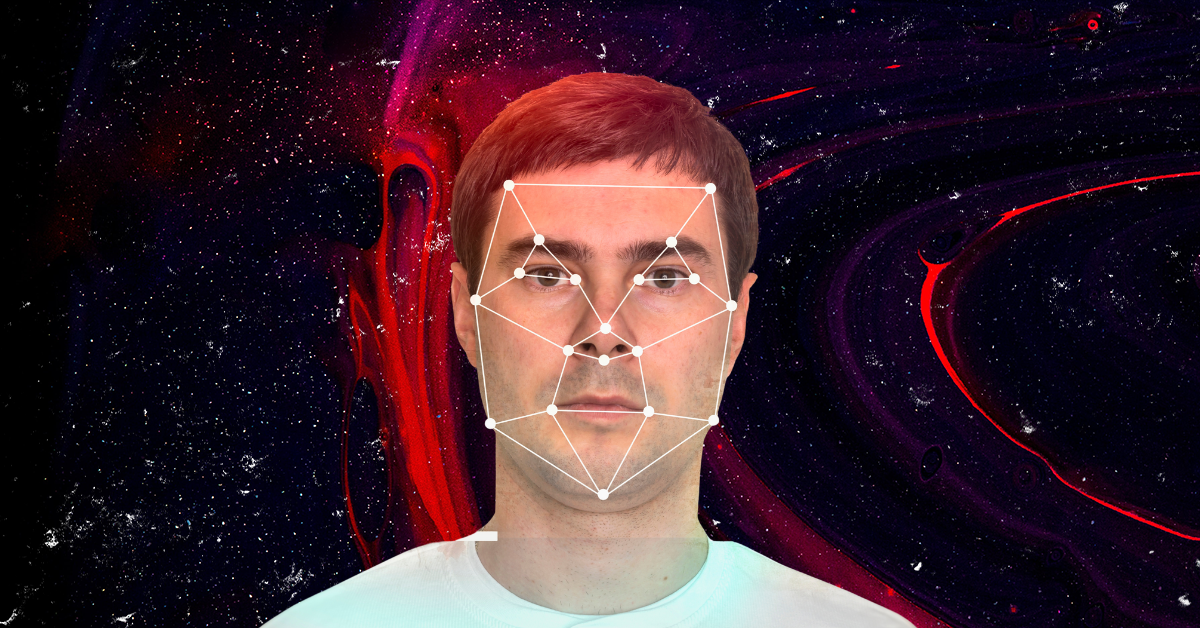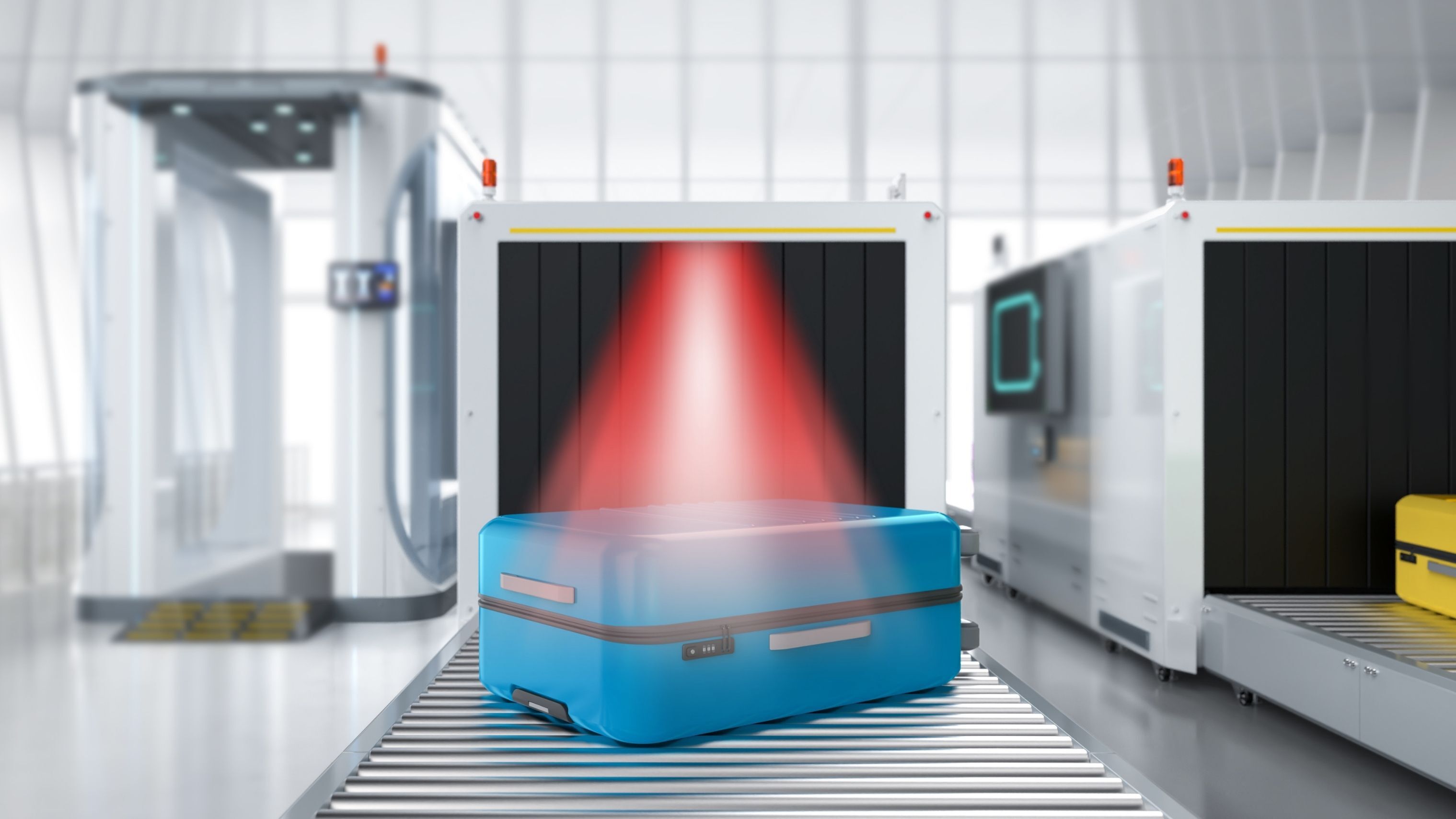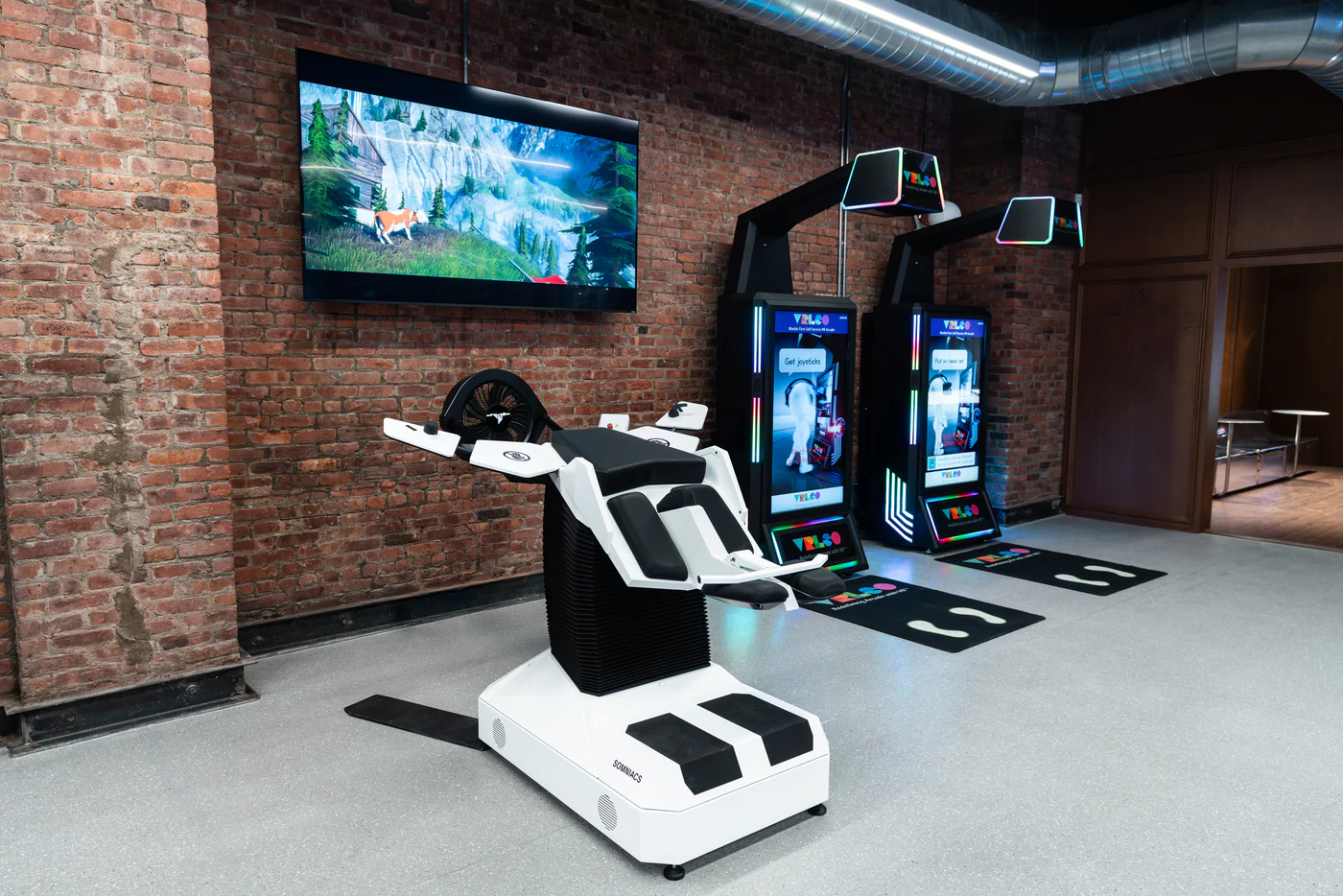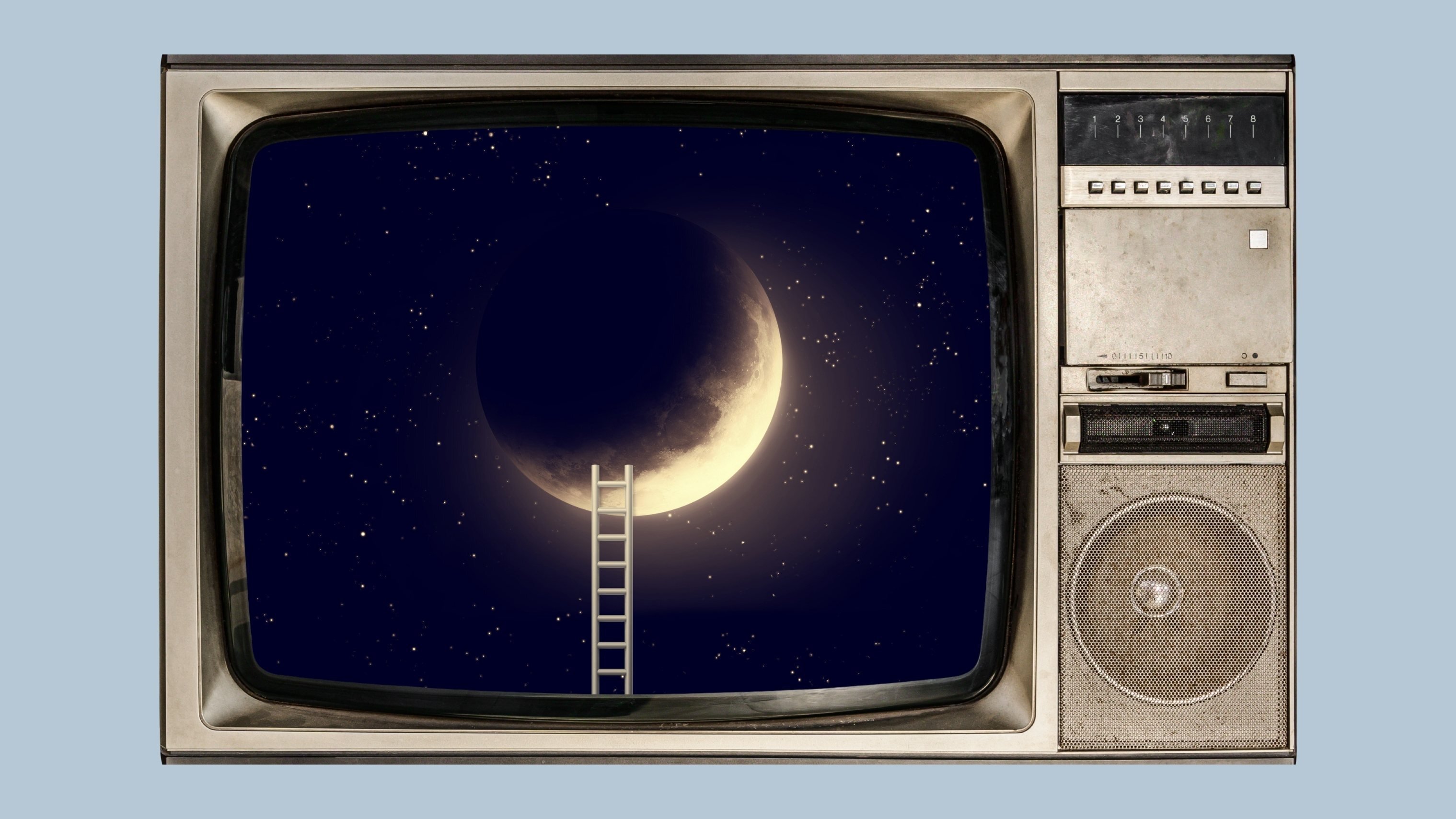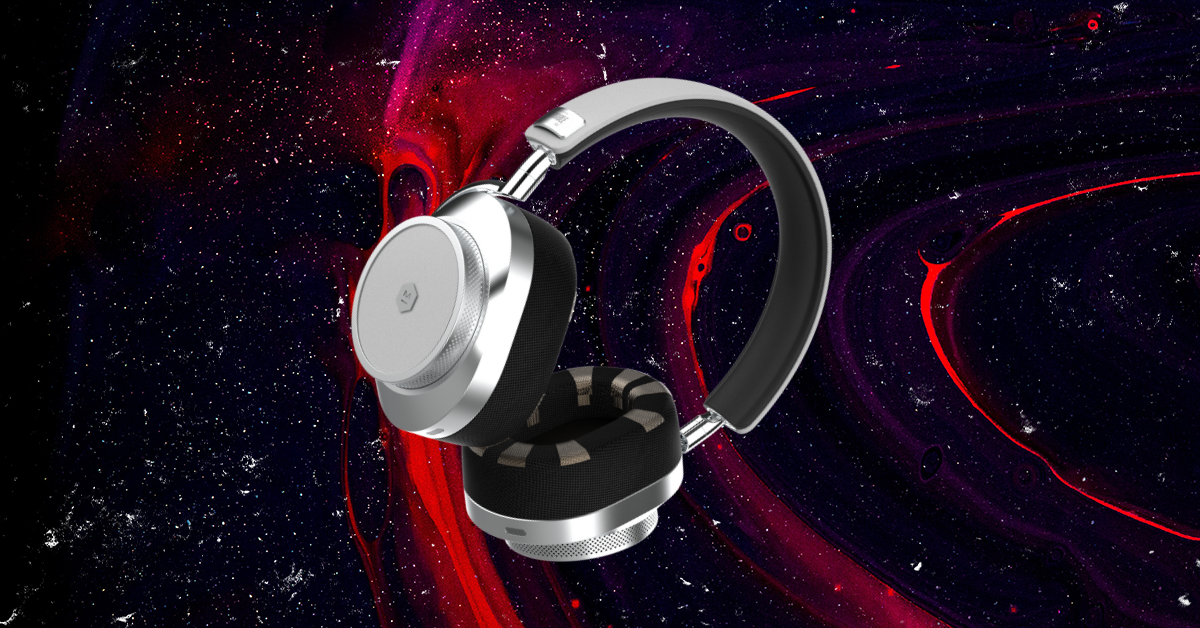Modern tech is usually designed in a way that’s distracting at best and infuriating at worst.

- Think: a blinking router in the night, or an unresponsive touch screen that makes you want to chuck whatever it is at the wall.
But it doesn’t have to be.
The Calm Tech Institute, a consumer advocacy group and research firm, is championing a new industry standard that aims to do away with those unwanted aspects of current tech design in favor of products that “enhance human life without causing stress or distraction.”
Working with human attention, not against it
CTI is offering a certification program for mindfully designed products, which it calls “calm tech”: basically, tech that blends discreetly into our life, rather than pulling us out of it.
For example: With a bike, you learn to ride it once and never again. But with a lot of software and physical objects, “you have to relearn it. It gets changed… and you can feel your mind wanting the button to be in a certain place. And it’s not,” founder Amber Case told Ars Technica.
This creates a frustrating experience that CTI says detracts from a tool’s purpose and our attention — AKA not “calm.”
So, what makes tech “calm”?
- To qualify, the tech must meet the institute’s 81-point criteria, which is scored across six categories — light, sound, attention, periphery, durability, materials — and follow eight guiding principles, including requiring minimal attention, respecting social norms, and, of course, creating calm.
- Cars, smart appliances, electronics, AI, apps, even hotels and museums can all be certified as such. (For now, the program doesn’t include software-only products.)
- Companies can pay for a review or for precertification, where CTI helps guide their product development to get it up to standard.
Since launching last year, it’s already certified six products, including the Mui Board Gen 2, a wooden smart home hub, and the Daylight Computer, a blue-light-free laptop.
What’s next?
CTI is currently working with neuroscientists to further its research and with companies to get even more gadgets certified, so that maybe — instead of blue lights, loud beeping, and complicated interfaces — we can live in a world of warm lights, soothing sounds, and intuitive button placement.
Until then, we’ll be patiently waiting for a “calm” microwave that doesn’t make retrieving food sound like an emergency — our last nerve would greatly appreciate that.
Technology


